Home>Furniture & Design>Interior Design Trends>Where Does Glass Come From
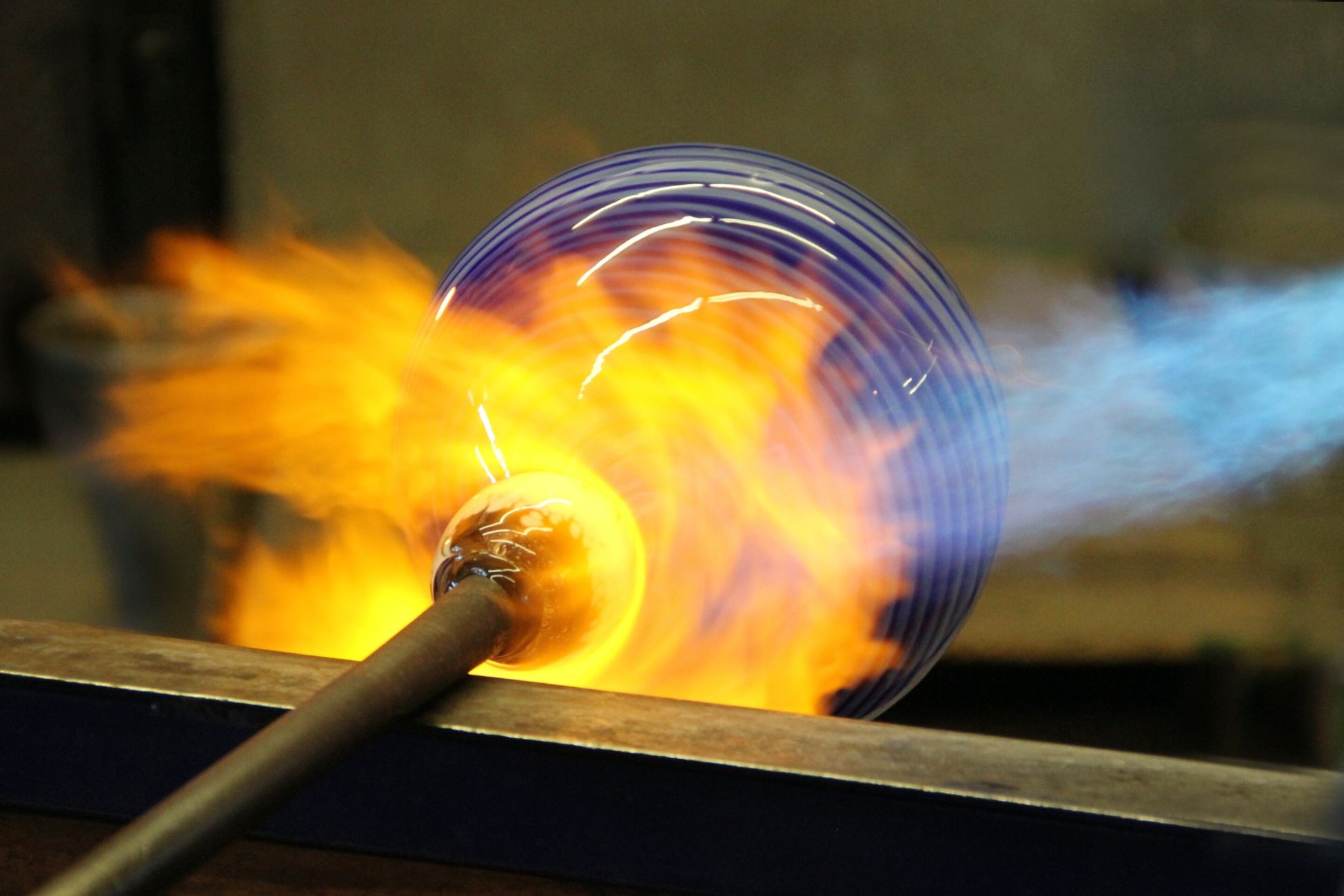

Interior Design Trends
Where Does Glass Come From
Modified: February 18, 2024
Discover the origins of glass and its impact on interior design trends. Explore the history and modern applications of this versatile material.
(Many of the links in this article redirect to a specific reviewed product. Your purchase of these products through affiliate links helps to generate commission for Storables.com, at no extra cost. Learn more)
Introduction
Glass is a versatile and ubiquitous material that has been an integral part of human civilization for centuries. From the windows in our homes to the screens of our smartphones, glass surrounds us in our daily lives. Its transparency, durability, and adaptability make it an essential component in architecture, design, and technology.
Understanding the origins and production of glass provides insight into its significance and impact on our world. This article delves into the natural and manufactured sources of glass, the history of glassmaking, modern production techniques, and the environmental implications of glass production.
As we explore the journey of glass from its raw materials to its finished forms, we gain a deeper appreciation for this remarkable substance. Join us on this enlightening exploration of the fascinating world of glass.
Key Takeaways:
- Glass comes from both natural sources like volcanic eruptions and meteorite impacts, as well as manufactured sources like melting raw materials. It’s been used for centuries and continues to be shaped by human creativity and technological advancements.
- The history of glassmaking spans ancient civilizations to the modern era, showcasing cultural, artistic, and scientific significance. Advanced modern production techniques have revolutionized the industry, but it’s important to consider the environmental impact and work towards sustainability.
Read more: Where Does Jenga Come From
Natural Sources of Glass
Glass, in its natural form, can be found in certain geological settings. One of the primary natural sources of glass is obsidian, a volcanic glass that forms when molten lava cools rapidly. This rapid cooling prevents the crystalline structure from forming, resulting in a non-crystalline, amorphous material with a glossy and smooth texture. Obsidian is typically dark in color, ranging from black to dark brown, and has been used for millennia to create sharp tools, arrowheads, and decorative objects.
Another natural source of glass is fulgurite, which forms when lightning strikes sandy soil or silica-rich rocks, melting the sand or rock into a glassy, tubular structure. Fulgurites are often delicate and intricate, resembling natural glass sculptures shaped by the intense heat of a lightning strike.
In addition to obsidian and fulgurite, tektites are another natural glass formation. Tektites are created when a meteorite impact generates such extreme heat and pressure that it melts the surrounding terrestrial material, forming glassy objects that are scattered across the impact area. These enigmatic glass formations are prized by collectors and researchers for their connection to extraterrestrial events.
Furthermore, impactites, such as Libyan desert glass, are natural glasses formed by the intense heat and pressure of meteorite impacts. Libyan desert glass, found in the deserts of Egypt and Libya, is believed to have been created by a meteorite impact thousands of years ago. This translucent yellow-green glass has captivated scientists and enthusiasts alike, offering a glimpse into the dramatic forces that shape our planet.
These natural sources of glass showcase the remarkable ways in which geological processes and cosmic events can give rise to this unique and valuable material. From volcanic eruptions to celestial collisions, the natural formation of glass is a testament to the awe-inspiring forces at work in the world around us.
Manufactured Sources of Glass
In contrast to natural sources, glass can also be manufactured through a variety of processes, each tailored to produce specific types of glass with distinct properties. One of the most common methods of manufacturing glass is the fusion of raw materials at high temperatures. This process typically involves combining silica sand, soda ash, and limestone in precise proportions to create a molten mixture. The addition of other compounds, such as alumina and various metal oxides, can further modify the properties of the glass, imparting characteristics such as color, strength, and heat resistance.
Once the raw materials are melted together, the molten glass can be shaped and formed using various techniques. One of the traditional methods is glassblowing, where skilled artisans use a blowpipe to inflate molten glass into a bubble and then shape it into intricate forms. This ancient technique has been refined over centuries and continues to be a revered craft, yielding exquisite glass art and functional objects.
Another common manufacturing process is float glass production, which involves pouring molten glass onto a bed of molten tin. The glass spreads out evenly, forming a smooth and uniform sheet as it cools. This method is widely used for producing flat glass used in windows, mirrors, and architectural applications.
In addition to these methods, glass can be manufactured through processes such as pressing, casting, and molding, each offering unique capabilities for creating a diverse range of glass products. From delicate ornaments to durable containers and precision optics, the versatility of manufactured glass enables it to fulfill a multitude of purposes in our modern world.
Furthermore, the development of specialty glasses, such as borosilicate glass and tempered glass, has expanded the applications of manufactured glass. Borosilicate glass, known for its thermal resistance and durability, is utilized in laboratory equipment, cookware, and high-performance lighting. Tempered glass, engineered for increased strength and safety, is employed in architectural facades, automobile windows, and electronic devices.
The evolution of manufacturing techniques and the continual innovation in glass composition have broadened the possibilities for creating glass with tailored properties to meet specific needs. As a result, the manufactured sources of glass play a pivotal role in shaping the material landscape of our modern society, offering a diverse array of glass products that enrich our lives in countless ways.
The History of Glassmaking
The history of glassmaking is a captivating journey that spans millennia, encompassing ancient innovations, cultural significance, and technological advancements. The origins of glassmaking can be traced back to the ancient civilizations of Mesopotamia, Egypt, and Phoenicia, where early artisans discovered the transformative properties of molten silica and began to manipulate it into rudimentary forms of glass.
One of the earliest known glass objects is a collection of beads dating back to around 3500 BCE, unearthed in modern-day Egypt. These beads, crafted using a technique known as core-forming, marked the dawn of glassmaking as a distinct craft. Over time, the art of glassmaking spread across the ancient world, with each culture contributing unique techniques and designs to the evolving repertoire of glass artifacts.
The Roman Empire played a pivotal role in advancing the art of glassmaking, introducing innovations such as glassblowing around the 1st century BCE. This revolutionary technique enabled artisans to create intricate vessels, decorative objects, and practical items with unprecedented speed and precision. The widespread adoption of glassblowing transformed glass from a rare luxury into a ubiquitous commodity, shaping the material culture of the ancient world.
During the Middle Ages, the centers of glass production shifted to regions such as the Middle East and Europe, where skilled craftsmen honed their expertise in creating stained glass windows, ornate goblets, and ornamental glassware. The exquisite beauty of medieval stained glass, with its vibrant colors and intricate designs, adorned cathedrals and palaces, serving as a testament to the artistry and technical prowess of glassmakers of the era.
The Renaissance period witnessed a resurgence of interest in glassmaking, fueled by scientific inquiry and artistic exploration. Innovations in glass composition and refining techniques led to the production of clearer, more transparent glass, paving the way for advancements in optics, lenses, and scientific instruments. The Venetian island of Murano emerged as a renowned center of glassmaking, renowned for its exquisite glass artistry and the development of crystal-clear cristallo glass.
The industrial revolution brought about profound changes in glassmaking, with the mechanization of production processes and the mass production of glassware, bottles, and windows. The invention of the glass press and the continuous tank furnace revolutionized the efficiency and scale of glass production, ushering in an era of widespread accessibility to glass products.
In the modern era, glassmaking continues to evolve, driven by technological innovation, artistic expression, and sustainable practices. From architectural marvels adorned with glass facades to cutting-edge glass technologies in electronics and telecommunications, the legacy of glassmaking endures as a testament to human ingenuity and creativity.
The history of glassmaking is a testament to the enduring allure of this remarkable material, reflecting the ingenuity, artistry, and cultural significance that have shaped its evolution across the ages.
Glass is made from sand, soda ash, and limestone. These materials are heated at high temperatures to create molten glass, which can then be shaped into various products.
Modern Glass Production Techniques
Modern glass production encompasses a diverse array of advanced techniques that have revolutionized the manufacturing of glass products. These techniques leverage cutting-edge technology and innovative processes to create glass with exceptional precision, quality, and efficiency.
One of the key modern production techniques is the utilization of advanced melting and refining processes. High-capacity furnaces equipped with state-of-the-art heating systems and precise temperature control enable the melting of raw materials at large scales. This results in a consistent and homogenous molten glass, laying the foundation for the production of high-quality glass products.
Furthermore, the implementation of automated forming and shaping processes has streamlined glass production. Advanced molding and pressing technologies allow for the rapid and precise fabrication of glass components, ranging from intricate decorative elements to complex industrial parts. Computer-aided design (CAD) and computer numerical control (CNC) systems have enhanced the customization and reproducibility of glass components, catering to diverse applications across industries.
In addition, the advent of advanced coating and finishing techniques has expanded the capabilities of modern glass production. Thin-film deposition technologies, such as sputtering and chemical vapor deposition, enable the application of functional coatings to glass surfaces, imparting properties such as enhanced durability, solar control, and anti-reflective characteristics. These coatings have broadened the scope of glass applications in architecture, automotive engineering, and electronic displays, elevating the performance and functionality of glass products.
Moreover, the integration of sustainable practices and eco-friendly technologies has emerged as a hallmark of modern glass production. Energy-efficient furnaces, recycling systems, and eco-conscious manufacturing processes have reduced the environmental footprint of glass production, aligning with the global push for sustainable industrial practices. The development of eco-friendly glass compositions and the utilization of recycled glass cullet as raw material further underscore the commitment to environmental stewardship in modern glass production.
The convergence of these modern production techniques has propelled the glass industry into a new era of innovation and capability. From precision-engineered architectural glazing systems to advanced optical components for cutting-edge technologies, modern glass production techniques continue to redefine the boundaries of what is possible with this remarkable material.
In summary, the evolution of modern glass production techniques stands as a testament to the ingenuity, technological prowess, and commitment to excellence that drive the continual advancement of the glass industry.
Read more: Where Does A Loofah Come From
Environmental Impact of Glass Production
The production of glass, while essential for numerous applications, has a notable environmental impact that warrants careful consideration. Understanding the environmental implications of glass production is crucial for fostering sustainable practices and minimizing the ecological footprint associated with this vital industry.
One significant aspect of the environmental impact of glass production is energy consumption. Glass manufacturing processes, particularly the melting and refining of raw materials, require substantial energy inputs. The operation of high-temperature furnaces and the maintenance of optimal melting conditions contribute to significant energy usage, often derived from non-renewable sources. This energy-intensive nature of glass production underscores the importance of implementing energy-efficient technologies and exploring alternative energy sources to mitigate the environmental impact.
Furthermore, the extraction and processing of raw materials for glass production can exert pressure on natural ecosystems. The mining of silica sand, a primary component of glass, and the extraction of other mineral resources entail land disturbance and potential habitat disruption. Additionally, the transportation of raw materials to manufacturing facilities contributes to carbon emissions and environmental strain. Addressing these challenges necessitates responsible sourcing practices, resource conservation, and the adoption of eco-friendly transportation solutions to minimize the environmental impact of raw material acquisition.
Another environmental consideration in glass production is the generation of waste and emissions. The by-products of glass manufacturing, such as offcuts, scrap glass, and emissions from production processes, can pose environmental challenges if not managed effectively. Waste management strategies, including recycling initiatives and emissions control measures, play a crucial role in reducing the environmental impact of glass production. The integration of closed-loop recycling systems and the utilization of recycled glass cullet as a raw material contribute to resource conservation and waste reduction, aligning with sustainable principles.
Moreover, the chemical composition of certain types of glass, particularly those containing heavy metals or hazardous additives, raises concerns about potential environmental contamination. Proper handling, treatment, and disposal of hazardous materials are essential to prevent adverse environmental effects and safeguard ecosystems and human health.
In response to these environmental challenges, the glass industry has increasingly embraced sustainable practices and eco-friendly innovations. The development of energy-efficient furnaces, the implementation of closed-loop recycling systems, and the advancement of eco-friendly glass compositions exemplify the industry's commitment to minimizing its environmental footprint.
By acknowledging and addressing the environmental impact of glass production, the industry can continue to evolve towards greater sustainability, ensuring that the essential benefits of glass can be enjoyed without compromising the well-being of the planet.
Conclusion
The journey of glass from its natural and manufactured sources to its transformation through millennia of craftsmanship and innovation is a testament to the enduring allure and versatility of this remarkable material. From the volcanic origins of obsidian to the intricate artistry of modern glass production, the story of glass is one of ingenuity, cultural significance, and technological advancement.
The natural sources of glass, including obsidian, fulgurite, tektites, and impactites, offer a glimpse into the extraordinary processes that give rise to this amorphous substance. The interplay of geological forces and cosmic events has shaped these natural formations, showcasing the awe-inspiring creativity of nature.
In contrast, the manufactured sources of glass exemplify human ingenuity and technical mastery. The fusion of raw materials, coupled with advanced manufacturing processes such as glassblowing, float glass production, and specialty glass development, has expanded the possibilities for creating glass with tailored properties to meet diverse needs.
The rich history of glassmaking, spanning ancient civilizations to the modern era, reflects the cultural, artistic, and scientific significance of glass. From the exquisite craftsmanship of ancient glass beads to the precision-engineered glass components of today's technological marvels, the evolution of glassmaking has left an indelible mark on human civilization.
The modern glass production techniques, characterized by advanced melting and refining processes, automated forming and shaping technologies, and sustainable practices, underscore the continual innovation and capability of the glass industry. These techniques have propelled glass into a new era of possibility, enabling the creation of products that enrich our lives and push the boundaries of what is achievable with this versatile material.
However, the environmental impact of glass production necessitates a conscientious approach to sustainability. Energy consumption, raw material extraction, waste management, and emissions control are critical areas that require ongoing attention and innovation to minimize the ecological footprint of glass production.
In conclusion, the story of glass is one of resilience, adaptability, and human creativity. As we continue to explore the frontiers of glass technology and embrace sustainable practices, we ensure that the legacy of glassmaking endures as a beacon of innovation and inspiration, enriching our lives while safeguarding the planet for future generations.
Frequently Asked Questions about Where Does Glass Come From
Was this page helpful?
At Storables.com, we guarantee accurate and reliable information. Our content, validated by Expert Board Contributors, is crafted following stringent Editorial Policies. We're committed to providing you with well-researched, expert-backed insights for all your informational needs.



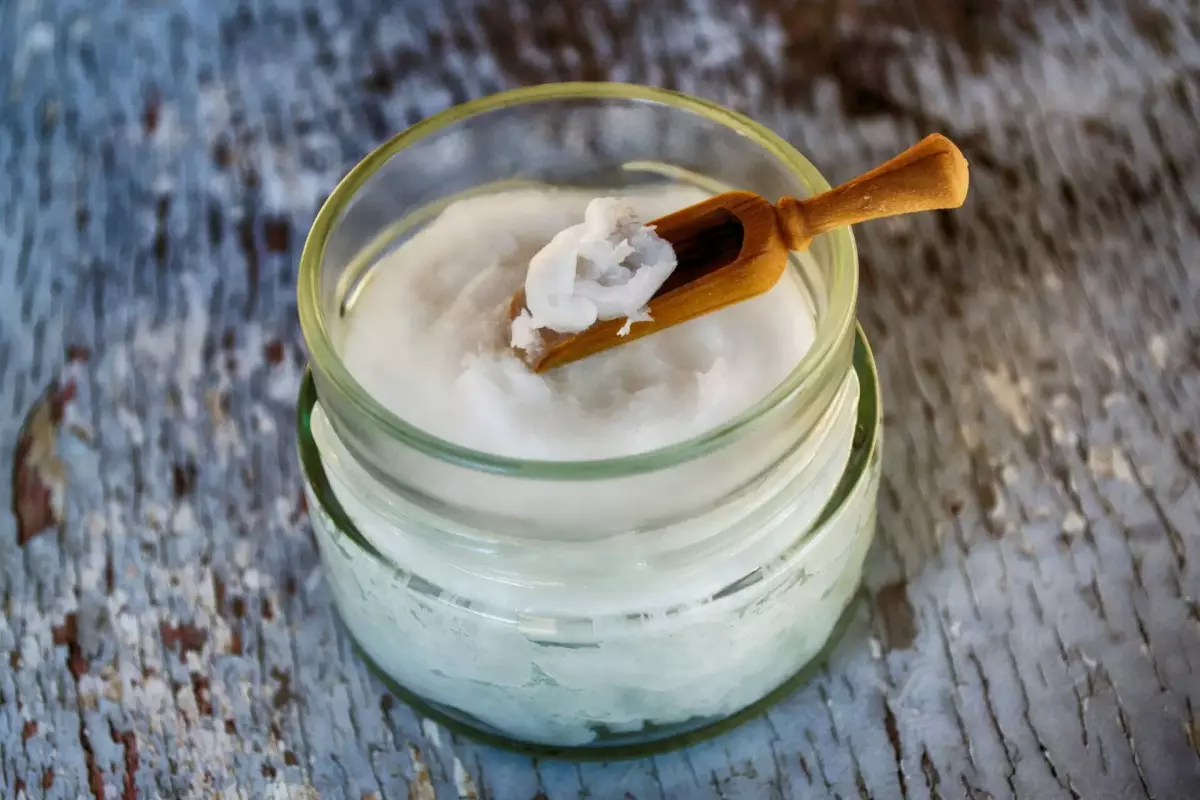


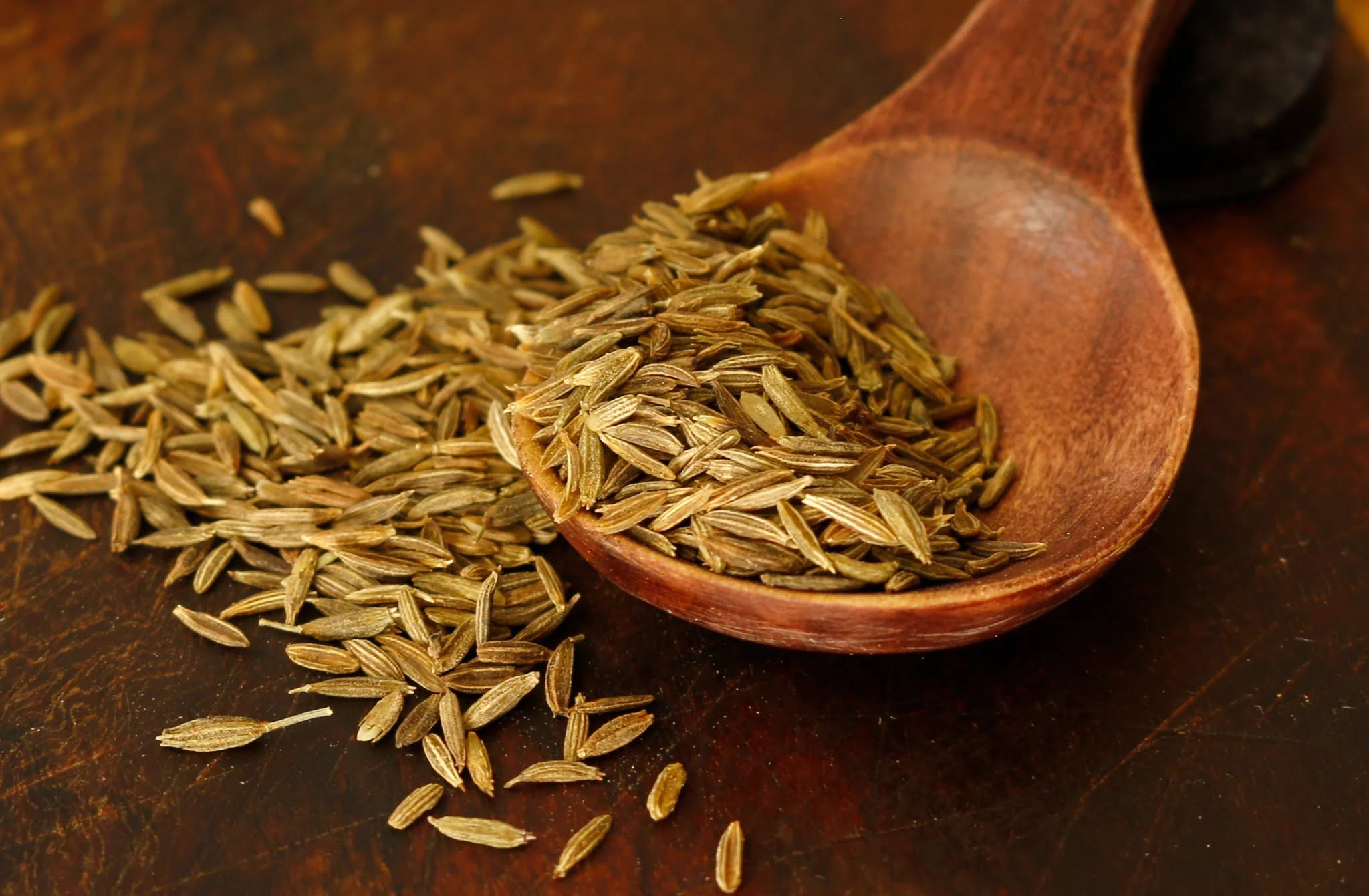


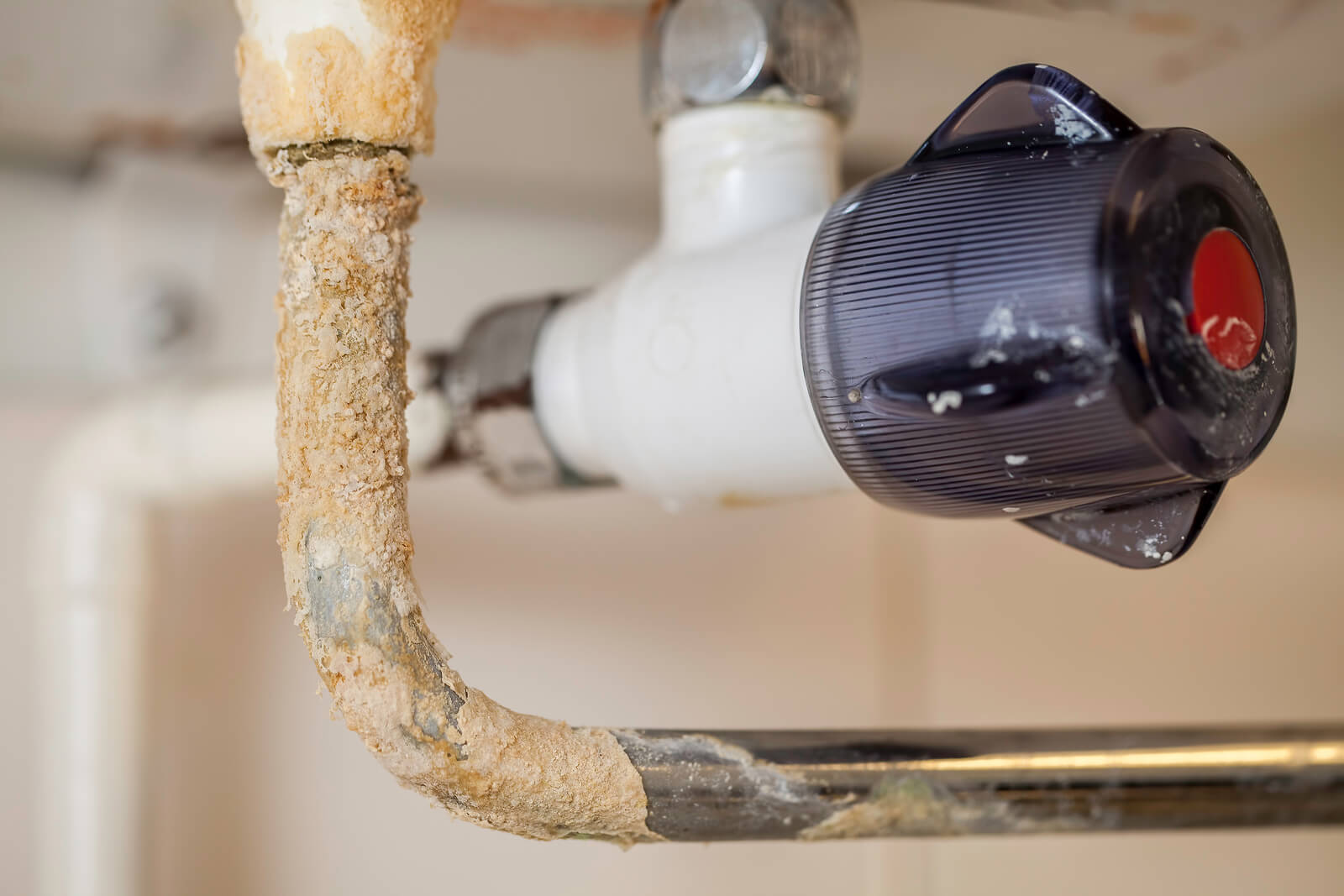


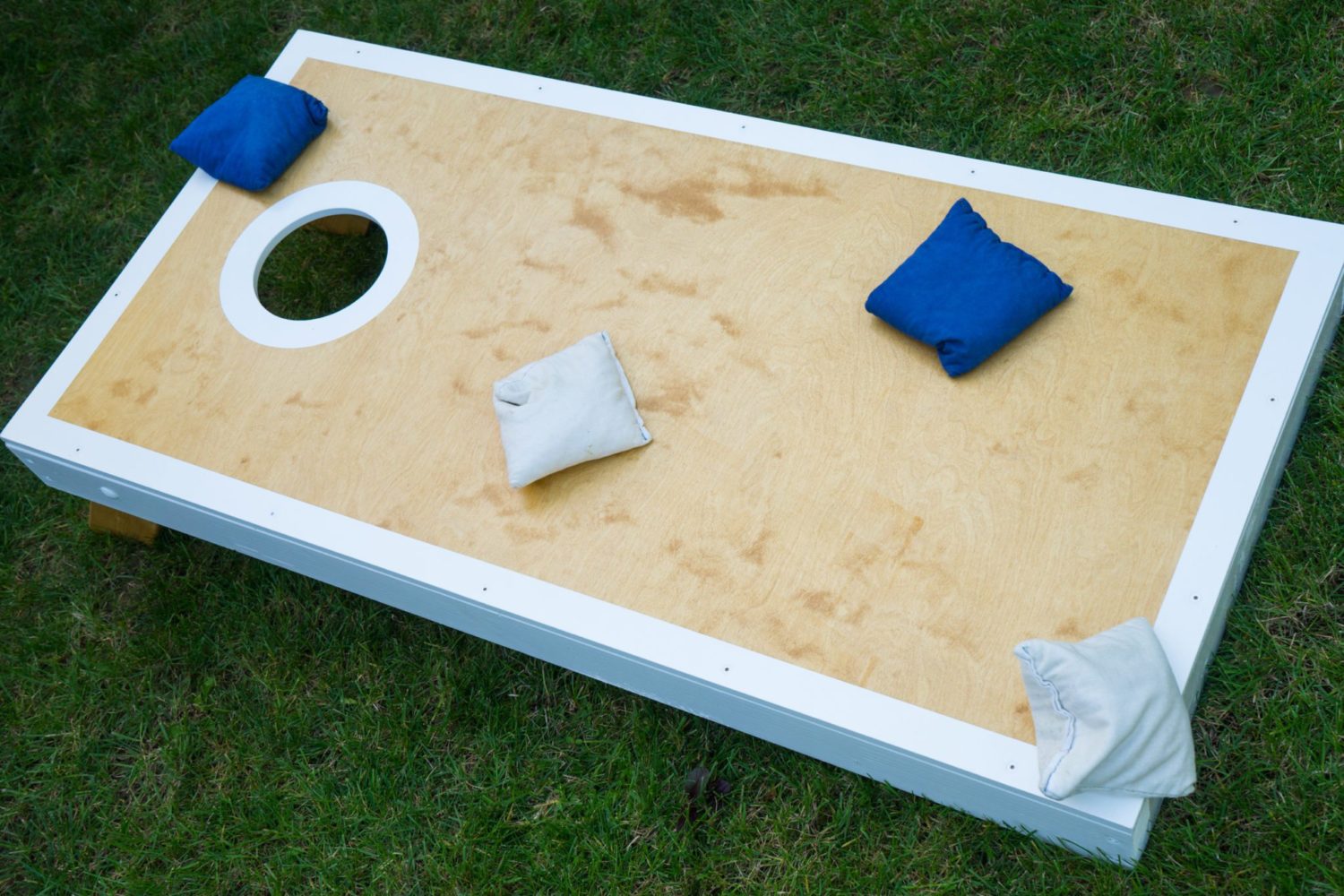


0 thoughts on “Where Does Glass Come From”